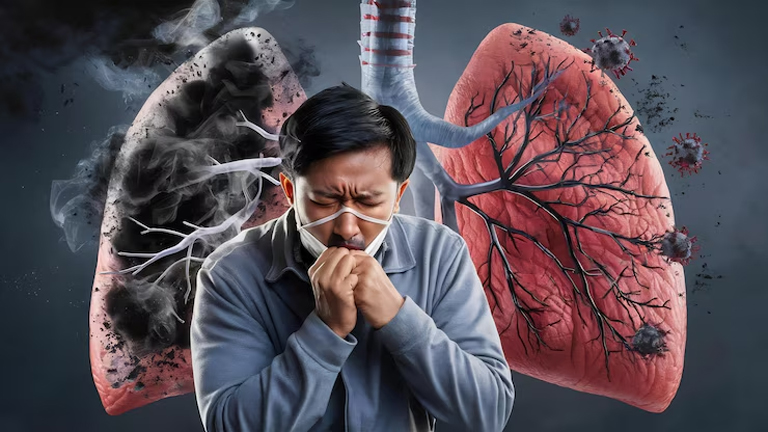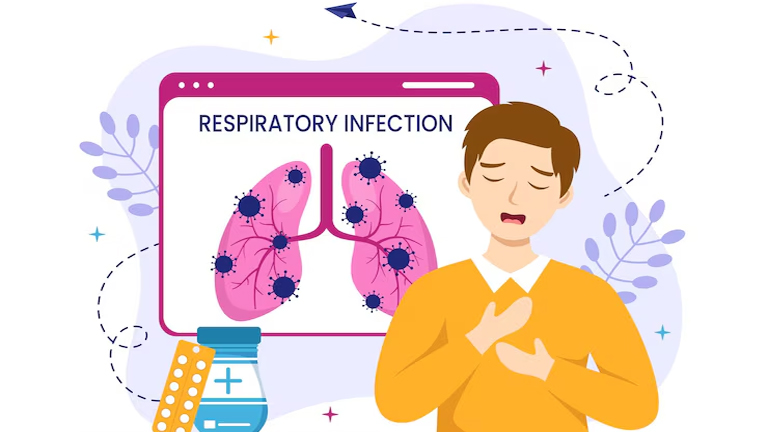Tuberculosis (TB) is a potentially serious infectious disease caused by the bacterium Mycobacterium tuberculosis. It primarily affects the lungs (pulmonary TB) but can also spread to other organs (extrapulmonary TB). Despite being preventable and curable, TB remains a global health challenge, especially in developing countries.
This comprehensive guide covers:
✔ Types of tuberculosis
✔ Symptoms & early signs
✔ Causes & risk factors
✔ Diagnosis & treatment options
✔ Prevention & vaccine (BCG)
✔ Global TB statistics & outlook
Must Check: Insomnia Symptoms
What Is Tuberculosis (TB)?
Tuberculosis is an airborne bacterial infection transmitted through coughing, sneezing, or speaking. Not everyone infected becomes sick, leading to two conditions:
1. Latent TB Infection (LTBI)
-
Bacteria remain inactive (no symptoms).
-
Not contagious but can develop into active TB later.
2. Active TB Disease
-
Bacteria multiply, causing symptoms.
-
Contagious if it affects the lungs.
Symptoms of Tuberculosis (TB)
Symptoms vary depending on whether TB is latent or active and which organs are affected.
Pulmonary TB (Lungs) Symptoms
-
Persistent cough (lasting 3+ weeks)
-
Coughing up blood or sputum
-
Chest pain
-
Fatigue & weakness
-
Fever & night sweats
-
Unintended weight loss
Extrapulmonary TB (Other Organs)
-
TB lymphadenitis (swollen lymph nodes)
-
TB meningitis (headaches, confusion)
-
Skeletal TB (bone/joint pain)
-
Kidney or liver TB (organ dysfunction)
Causes & Risk Factors
How Is TB Spread?
-
Airborne transmission (inhaling droplets from an infected person).
-
Close contact with TB patients increases risk.
Who Is at Higher Risk?
✔ People with weakened immune systems (HIV/AIDS, diabetes)
✔ Smokers & heavy alcohol users
✔ Those living in crowded or unsanitary conditions
✔ Healthcare workers
✔ Infants & elderly individuals
Diagnosis & Testing Tuberculosis (TB)
Several tests confirm TB:
1. Tuberculin Skin Test (TST/Mantoux Test)
-
Detects latent TB by injecting a small protein under the skin.
2. Blood Tests (IGRAs)
-
More accurate than TST (e.g., QuantiFERON-TB Gold).
3. Chest X-ray
-
Identifies lung abnormalities from active TB.
4. Sputum Test
-
Checks for TB bacteria in coughed-up mucus.
TB Treatment: Medications & Duration
Drug-Sensitive TB Treatment
-
6–9 months of antibiotics:
-
First-line drugs: Isoniazid, Rifampin, Ethambutol, Pyrazinamide.
-
Drug-Resistant TB (MDR-TB/XDR-TB)
-
Harder to treat, requiring 18–24 months of stronger medications.
Directly Observed Therapy (DOT)
-
Ensures patients take medications correctly to prevent resistance.
Prevention & TB Vaccine (BCG)
How to Prevent TB Spread
-
Early diagnosis & treatment of active cases.
-
Ventilation & mask use in high-risk settings.
-
Healthy lifestyle (nutrition, no smoking/alcohol).
BCG Vaccine
-
Used in high-TB countries (not fully effective but reduces severe forms).
-
Not routinely given in low-risk countries like the U.S.
Global TB Statistics (WHO 2023)
-
10.6 million people fell ill with TB in 2022.
-
1.3 million died from TB (including HIV+ patients).
-
Drug-resistant TB is a growing threat.
FAQs About Tuberculosis (TB)
1. Is TB Contagious?
Only active pulmonary TB spreads through the air.
2. Can TB Be Cured?
Yes, with proper antibiotics (6+ months).
3. Is TB Fatal?
Without treatment, active TB has a high mortality rate.
4. How Common Is TB in the U.S.?
~8,000 cases/year (mostly foreign-born individuals).
Conclusion
Tuberculosis remains a major global health threat, but awareness, early detection, and treatment can control its spread. If you experience prolonged cough, fever, or weight loss, consult a doctor immediately.
Want to learn more? Explore the WHO’s End TB Strategy for global efforts to eliminate TB by 2030.


